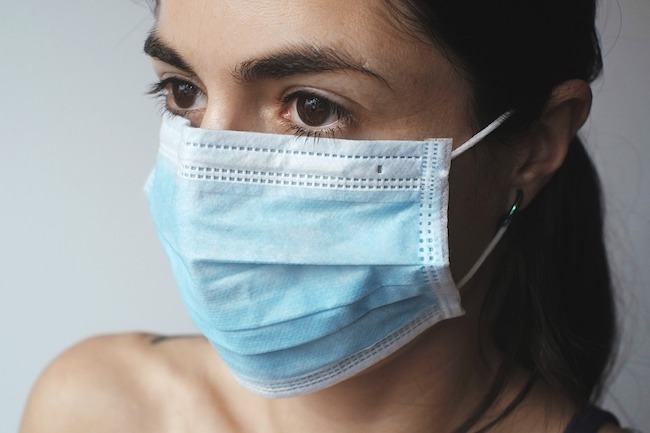CDC Says Keep Masking Kids or Open a Window by Dr. Joseph Mercola
GNN Note – Confused yet? Time to make decisions based on personal research and knowledge? Time to start digging into for ourselves and learning from people not on TV? /END
The widespread masking of schoolchildren during the pandemic represents an unprecedented experiment, which experts believe may have lasting physical and psychological consequences.1
In the U.S., the Centers for Disease Control and Prevention’s operational strategy for K-to-12 schools continues to recommend the “consistent use of prevention strategies, including universal and correct use of masks and physical distancing.”2
Any intervention, including mask usage, which may cause adverse effects, must have benefits that outweigh the risks. But what benefits are children receiving in exchange for the many side effects of wearing masks, which include irritability, less happiness, impaired learning and feeling short of breath?3
Very little, if any, according to a CDC report, yet the numbers are being used in a misleading way,4 making it sound like masking works, when in reality opening a window worked even better.5
Improved Ventilation Worked Better Than Masks
The CDC study6 compared the incidence of COVID-19 in Georgia kindergarten through grade 5 schools that were open for in-person learning in fall 2020 with various recommended prevention strategies, such as mandatory masks and improvements to ventilation. The first important statistic is the COVID-19 incidence, which was extremely low.
At the 169 schools that participated in the survey, there were only 3.08 COVID-19 cases among students and staff members per 500 enrolled students, from November 16, 2020, to December 11, 2020. After adjusting for county-level incidence, the study revealed that COVID-19 incidence was 37% lower in schools that required teachers and staff members to use masks and 39% lower in schools that improved ventilation, compared to schools that did not use these strategies.
Let’s use a school with 500 students as an example, which would have an incidence of just over three cases. Even with a 37% reduction in incidence from staff members wearing masks, that only reduced incidence by about one case in the entire school. Further, ventilation led to better outcomes, reducing incidence by 39%.
Dilution methods, which work by diluting the number of airborne particles, include opening windows and doors or using fans. This led to a 35% lower incidence of COVID-19, while methods to filter airborne particles, such as using HEPA filtration systems with or without ultraviolet germicidal irradiation, led to a 48% lower incidence.
Mask Use by Students Didn’t Make a Difference
You may have noticed that so far this only mentions mask use by the teachers and staff. What happened if students were masked? It made virtually no difference. According to the study:7
“The 21% lower incidence in schools that required mask use among students was not statistically significant compared with schools where mask use was optional. This finding might be attributed to higher effectiveness of masks among adults, who are at higher risk for SARS-CoV-2 infection but might also result from differences in mask-wearing behavior among students in schools with optional requirements.”
Despite the fact that masking students did not make a significant difference in COVID cases at the schools, and opening a window worked slightly better than masking staff and teachers, the CDC still recommends “universal” mask use for children and adults — even if they’ve been vaccinated — in schools, stating, “Universal and correct mask use is still recommended by CDC for adults and children in schools regardless of vaccination status.”8




